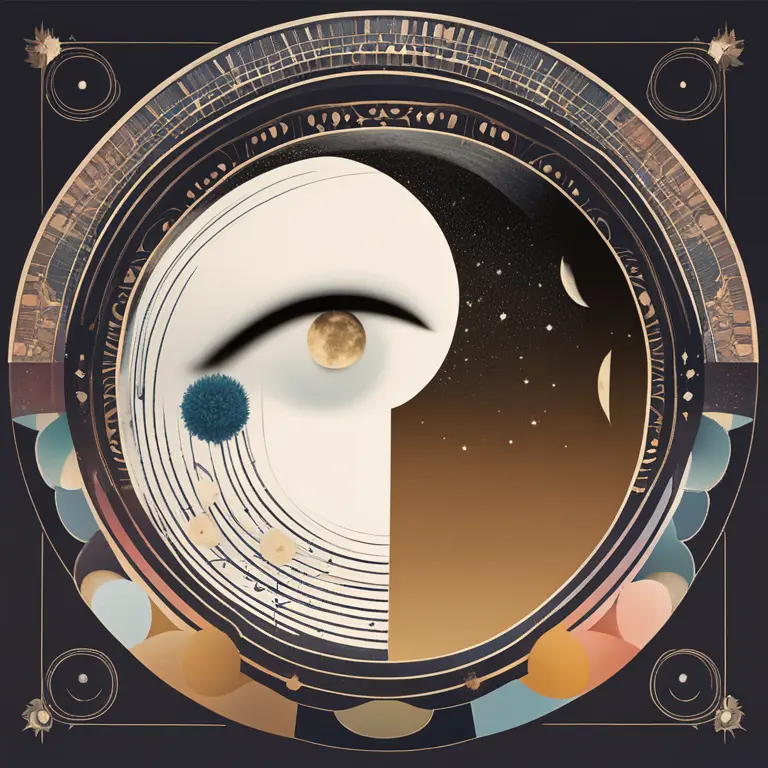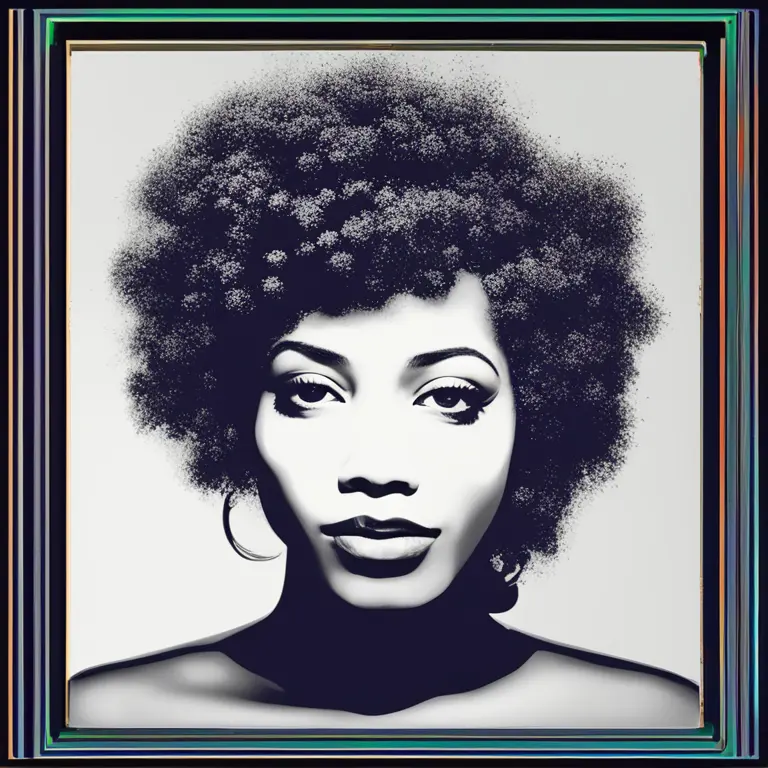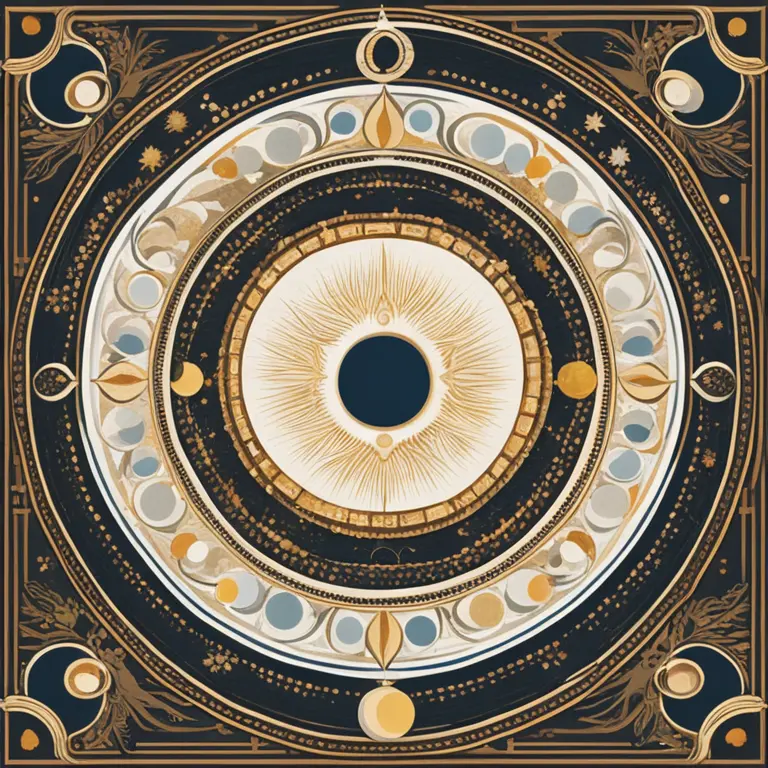
Lunar Cycles and Menstrual Rhythms: A Symbiotic Dance
Discover the intriguing connection between the moon's phases and menstrual cycles in this insightful dive into celestial rhythms and human physiology.
article by Priya Deshmukh
The Moon's Influence on Menstrual Cycles
Many cultures have long believed in the moon's profound influence on various aspects of life, including farming, tides, and even human behavior. This celestial body governs the night sky and holds a significant place in astrology. When it comes to menstrual cycles, a striking parallel emerges: both the lunar cycle and the average menstrual cycle span approximately 28 days, leading to age-old speculations about their intertwined nature. Scientifically, while no direct causation has been confirmed, the synchronicity of these two cycles continues to be a topic of fascination and study within both the scientific and astrological communities.

Historical Context and Beliefs
Throughout history, the moon has been associated with femininity, fertility, and reproduction. Ancient civilizations aligned their calendars with the moon’s phases, and it's no coincidence that the words "month" and "menstruation" both derive from "moon." Many traditional societies observed that women's menstrual cycles often synced up with the lunar cycle, with ovulation commonly occurring during the full moon and menstruation during the new moon. However, modern lifestyles may have diminished this synchronization, but interest in the correlation persists.

The Phases of the Moon
The moon goes through several phases: new moon, waxing crescent, first quarter, waxing gibbous, full moon, waning gibbous, last quarter, and waning crescent. Each phase is said to represent a different energy in astrology. For instance, the new moon is traditionally associated with new beginnings and introspection, while the full moon is often linked to completion and heightened emotions. Tracking these phases can provide insight into personal energies, as some claim that certain phases can impact one's physical and emotional well-being.

Menstrual Cycles in Tune with Lunar Phases
Astrologically, it's believed that women who menstruate with the new moon and ovulate during the full moon are aligned with the "White Moon" cycle, symbolizing a focus on self-nurturing and creativity. Conversely, the "Red Moon" cycle, where ovulation aligns with the new moon and menstruation with the full moon, is associated with empowerment and outward nurturing. While there’s no scientific evidence to support these attributes, many find that aligning practices like meditation or yoga with the lunar phases can amplify personal growth and healing.

Tracking Your Personal Cycle
Tracking menstrual cycles alongside the moon’s phases can be an enlightening practice for those intrigued by the potential connection. With 2024 and beyond forecasting a continued interest in holistic health and self-awareness, there's a growing movement towards embracing natural cycles and rhythms. Applications and journals designed to plot both menstrual and lunar cycles can aid in observing patterns and correlations, empowering individuals to explore the unique synchronicities between their bodies and the cosmos.
Scientific Viewpoint and Continuing Research
From a scientific perspective, the endocrine system is known to regulate the menstrual cycle, and light influences hormones—specifically melatonin—which might explain potential links between the moon's luminance and menstrual cycles. Despite the lack of concrete evidence connecting lunar phases to menstrual rhythms, ongoing research continues to explore how natural light sources affect human biology and behavior, keeping the conversation open and vibrant within both the scientific and astrological fields.
Published: 1/19/2024
Modified: 1/19/2024
More predictions
Come back here soon to learn more about yourself and your future


The Balsamic Moon Phase: Timing and Significance
Learn about the balsamic moon phase, its timing, and what this introspective period means for you in astrology.


The Phenomena of Moon Phase Eclipses
Delve into the captivating phenomena of moon phase eclipses and their astrological significance in this insightful article.


The Celestial Dance of Moon Phase Eclipses
Explore the celestial dance of the Moon's phases and eclipses, and their significance in astrology, biorhythms, and personal insight.